Are you tired of teaching high frequency words only to have your learners forget them? Then buckle up for some tips and tricks to help you teach these words, especially for kids who struggle.
High frequency words are known by many names. Sight words. Heart words. Popcorn words. No matter what you call them, the tips I’m going to share today will help your learners better remember them.
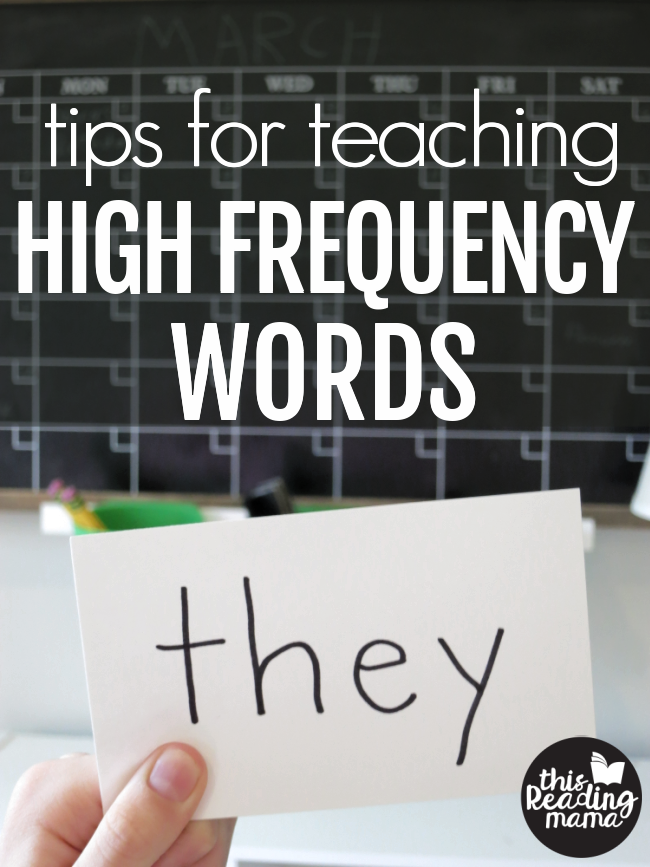
Sight Words vs. High Frequency Words
Let me get a little technical for a moment. {You’re welcome to skip this part if you just want the tips.}
High frequency words refers to a specific group of words that make up a high percentage of the words our learners will find in texts. Because of this, we want our learners to know these words by sight. This includes words like the, said, and of.
Sight word is a much broader term that includes ANY word a child can read by sight, such as their own name or words like exit, mom, or love.
Just because a word is a sight word doesn’t necessarily make it a high frequency word. Think about it this way: if there’s a bird in your backyard, it doesn’t necessarily mean it’s a blue jay.
Most of the time, however, these two terms are used interchangeably, as you’ll see in this post.
Tips for Teaching High Frequency Words
Tip #1 – Make sure your child is developmentally ready.
Just because your child is in Kindergarten doesn’t mean he/she is ready to learn words by sight.
In my article, Sight Words: Why They Just Don’t Stick, I go over the development of word learning and the dangers of moving too fast with high frequency words.
Tip #2 – Include high frequency words in your phonics instruction.
Here’s the thing. I think we have become so accustomed to thinking our kids just need to memorize these as whole words, we forget that many high frequency words are 100% decodable.
For example, if you’re studying the short a phonics pattern, you can include at, an, am, and, as, and had into your lessons.
A few years back, I wrote a guest post called Learning to Read: Sight Words and Phonics Together. You can find it over at Imagination Soup. Be sure to snag this free printable chart towards the middle of that post, too. It looks like this:
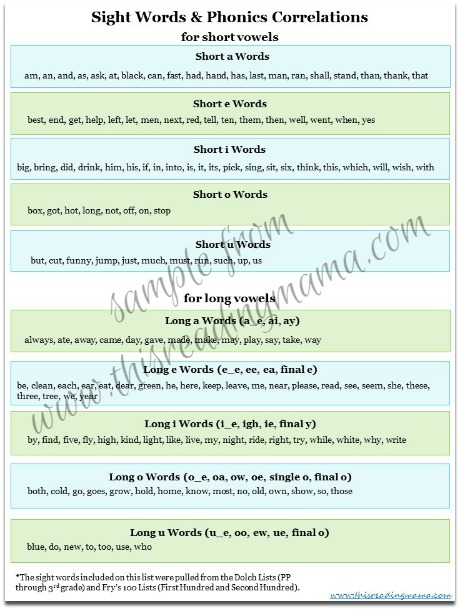
Tip #3 – Introduce the word orally first.
Instead of showing the word first, try this:
- Say the work out loud. It might sound something like, “They. Let’s say they together.” Say it together.
- Ask, “What sounds do you hear in that word?” {Note: we’re not asking for letter names, but just for SOUNDS. It might sound something like, “Well, I hear a /th/ at the beginning and then an /a/.” {The slants around the letters here mean that you’re making the sounds, not saying the letter names, with /a/ meaning the long a sound in this example.}
- Ask, “What letters may the /th/ sound?” (t and h)
- Write down TH.
- What letter(s) could make that /a/ (long a) sound at the end? {Learners might just say “a” or “ay.”}
- Write down the one they suggest {THA or THAY}
- Then say, “But look at the word they.” Then, go into Tip #4 below.
Tip #4 – Slow down and look at the letters in the sight word. Find the easy and tricky chunks/parts of the word.
If a high frequency word isn’t 100% decodable, it is almost always partially decodable. {The only exception that I can think of is the word of.} So why would we ignore this? It’s kind of like teaching kids to memorize their math facts, but not actually teach them how to do the math itself.
Instead, we need to teach learners to apply the phonics skills they know to attack the parts of the word that can be sounded out.
For example, when our learners approach phonics word, one of the decoding strategies we teach is to find the parts or chunks they know to help them read the word. We can do this with high frequency words, too!
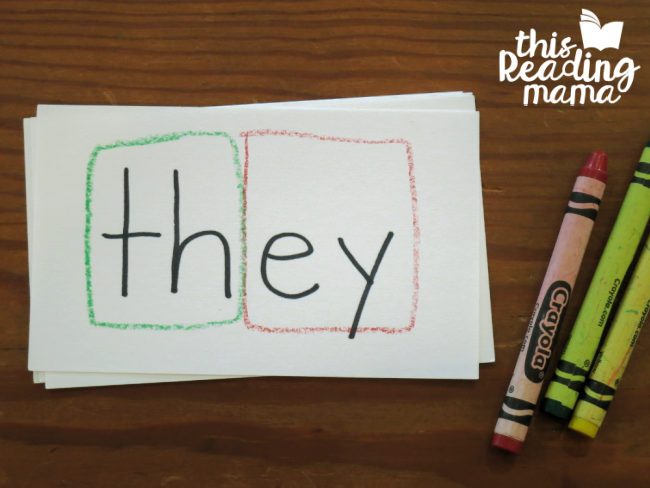
Take, for example, the word they. We can talk about the digraph th sound in the word. It can be sounded out as the voiced th, so we’ll draw a green box around it.
The ey chunk at at the end…now, that’s the tricky part of the word! It makes the long a sound. We would expect to see ay instead of ey. We’ll draw a red {or even yellow} box around it to remind us to use caution because this is the harder part of the word.
I’ve even been known to let my struggling readers draw a little a with a macron above the ey to help them remember that this part of the word makes the long a sound.
When you slow down and really examine the letters, chunks, and tricky parts of a high frequency/sight word, you’re giving your learners something concrete to hook the word onto so they will remember it better when they see it later.
Tip #5 – Give your learners practice with words in and out of context.
Please understand what I am NOT saying in this post. I’m NOT saying you can’t chant words or rainbow write words with your learners anymore. What I AM saying is wait until you’ve taught your learner how to decode or “map out” the tricky and easy parts of the word, then provide practice.
Learners can practice high frequency words in context as they read sentences, books, and other texts, such as poetry and non-fiction articles. The nice thing about these words is they can be found EVERYWHERE! That’s why they’re called high frequency.
Learners can also practice these words out of context. I even have a collection of 50 Hands-on Spelling Activities and 20 EASY Ways to Practice Sight Words to get you started!
Hopefully, these tips will help you as you teach those high frequency words to your learners.
Enjoy teaching!
~Becky
You Might Also Enjoy our
Sight Word Printables!
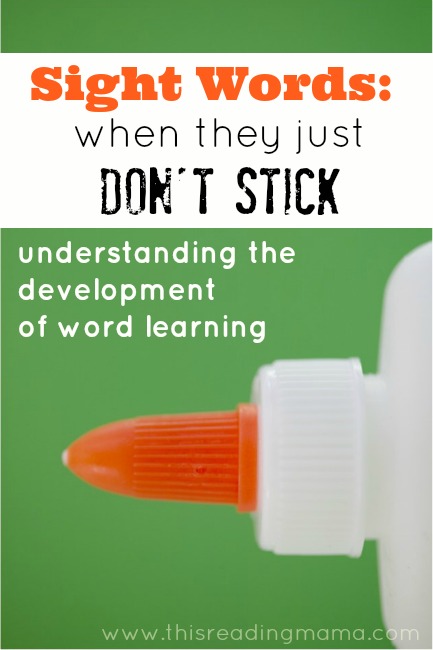
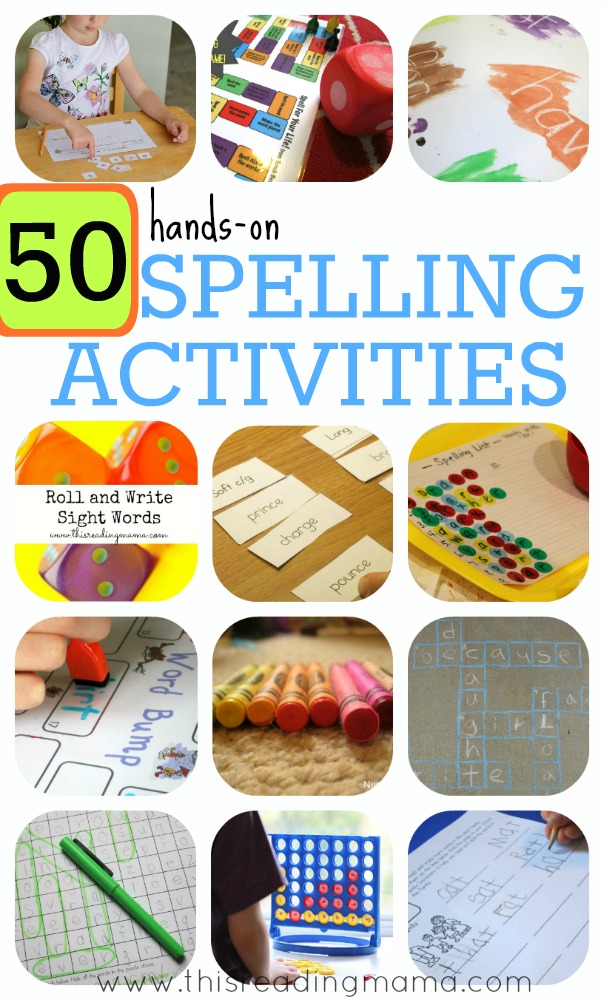

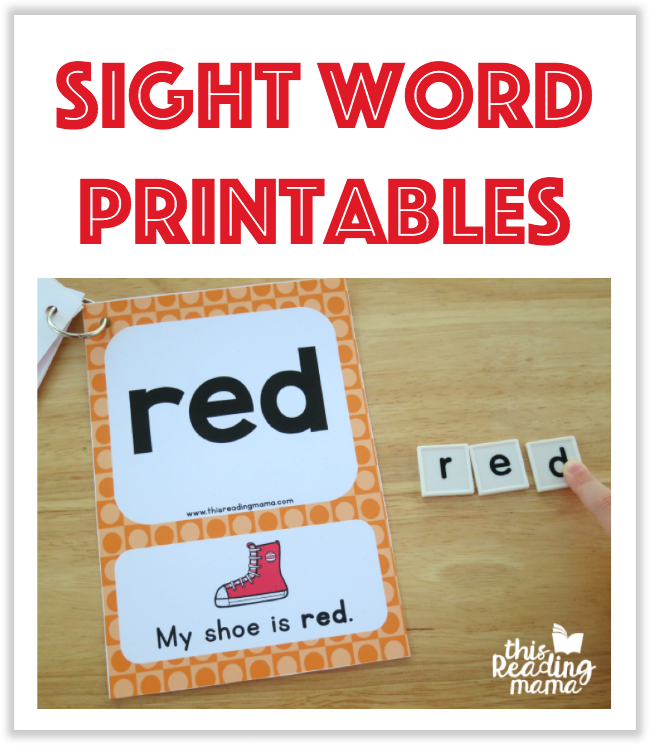
Hi Becky, what a great post. Right on point! I’ve been teaching my children phonics and we’ve just started on sight words. I will remember all of this for our future reading lessons. Thank you 😊
Amanda
Great post. Thanks for sharing. I will use some of these techniques with my little learners.
Thanks for sharing